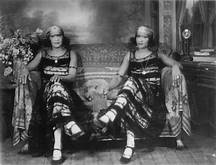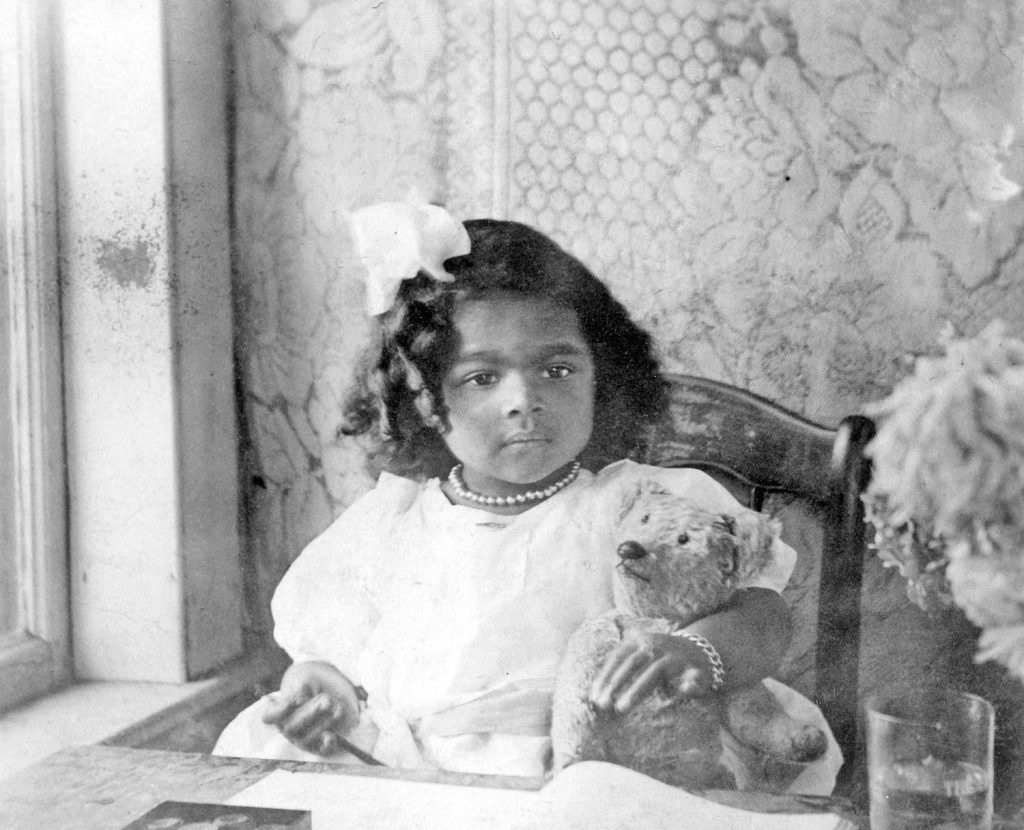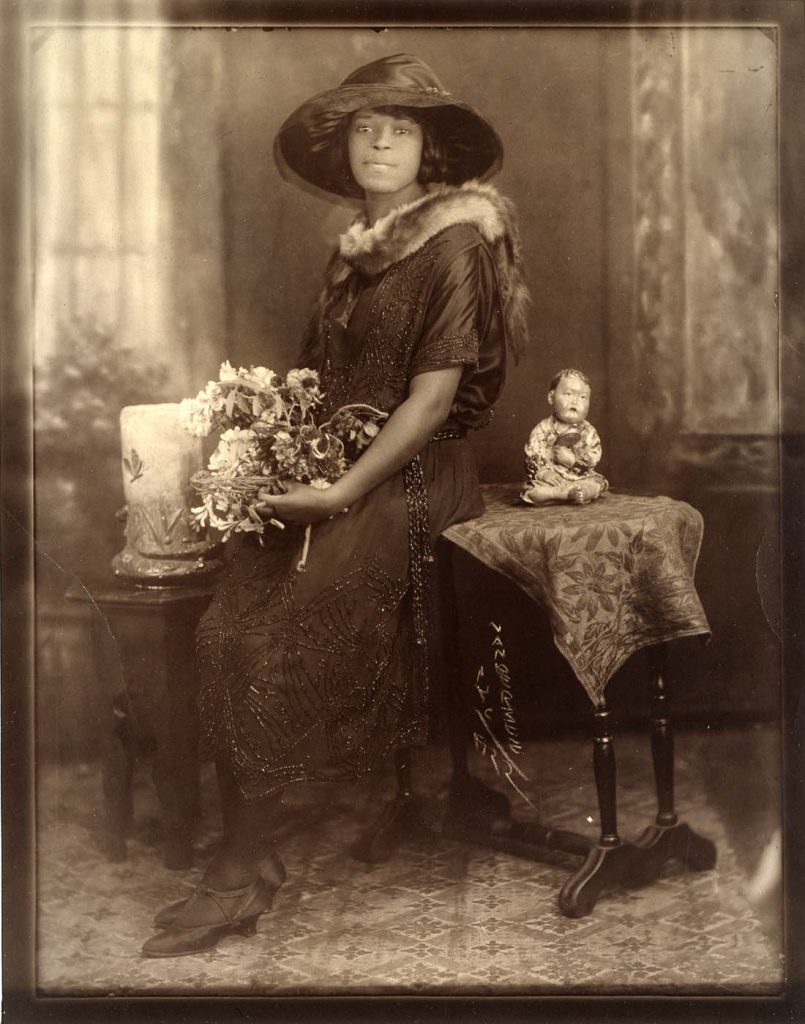
Good Morning Obots! I hope you have a great week and are planning to enjoy celebrating the new year.
This week we are featuring the works of renowned African-American Photographers.
Today’s honoree: James Van Der Zee

In 1923 a young African-American couple dressed in their Sunday best stepped into a small photography studio on Harlem’s 135th Street. Inside, an eager black man with wide-set eyes took a long look at them. He smiled and seemed to watch how they smiled back. As he guided them toward the back room, he asked them where they were from, where they lived, how long they’d been married. He sat them before a fireplace painted on the wall, then went to a closet, pulled out a fur, and draped it on the woman’s shoulders. He glanced at the man’s arm and tucked in a fraying edge of the sleeve. He circled them slowly, adjusted the lights, then went to his camera. What he saw when he looked through the lens was the Harlem he loved.

HARLEM’S FINEST FACE
During the glory days of the 1920s, hundreds of Harlem’s finest made the trip to James Van Der Zee’s studio for similar treatment. There, Van Der Zee took picture after picture, making sure that each one presented Harlem in the best light. In the process, he crafted a dazzling record of middle-class black life, a side of America rarely seen at the time.
Van Der Zee himself grew up in a world as privileged as the one his subjects inhabited. His parents, former servants of President Ulysses S. Grant, settled in Lenox, Massachusetts, a summer haven for New England’s wealthy that was home to only half a dozen black families. There Van Der Zee was raised on a steady diet of music and art. In 1906, at the age of 20, he moved to Harlem and started the five-piece Harlem Orchestra. The group had some success, but to eat, he returned to another childhood talent — photography. In fifth grade, Van Der Zee had become the second person in Lenox to own a camera. He had taken hundreds of pictures of his family and others and developed them all himself. So in 1914, he signed on as a darkroom technician in a department store. At times he would fill in behind the camera, and within three years, he had the courage and the reputation to open his own studio. He called it “Guarantee Photo.”

First and foremost, Van Der Zee’s operation was a business, and he shot the people who could pay his price. In addition to studio portraits, he photographed clubs and church groups, sports teams and family gatherings, barbershops and pool halls. He shot funerals and weddings, soldiers and celebrities. Heavyweight champion Jack Johnson, the Reverend Adam Clayton Powell Sr., entertainers Bill “Bojangles” Robinson and Sunshine Sammy, singers Florence Mills and Mamie Smith — all were subjects for Van Der Zee’s lens. And when Marcus Garvey was looking for someone to chronicle the life of the Universal Negro Improvement Association, he chose James Van Der Zee.
Whether they were famous or unknown, Van Der Zee treated his subjects with equal respect. He used elaborate backdrops or filled his studio with scenery as though it were a stage. “I tried to pose each person in such a way as to tell a story,” he explained. He would often set his subjects in dramatic situations: parents listening to their kids play piano, a child speaking on the telephone, a gypsy telling an old man’s fortune.

FILLING IN THE BALD SPOTS
Van Der Zee expressed his own great pride in the Harlem community by carefully “beautifying” the photographs he took. He would retouch negatives to straighten teeth, add jewelry, or fill in a bald spot. “I tried to see that every picture was better-looking than the person,” he said. “I had one woman come to me and say, ‘Mr. Van Der Zee, my friends tell that’s a nice picture, but it doesn’t look like you.’ That was my style.”
The photo montage — multiple images in one picture — was another technique Van Der Zee developed. After the death of the Reverend Powell’s daughter, he superimposed a portrait of her above the funeral scene, giving the eerie effect of her presence. In a wedding portrait, he inserted a ghostly image of a child to suggest the couple’s future. Said Van Der Zee, “I wanted to make the camera take what I thought should be there.”

In 1932, as their business struggled through the Depression, Van Der Zee and his wife and partner, Gaynella, moved to a less-expensive studio. When personal cameras became more available, people had much less need for a professional photographer. Van Der Zee was forced to shoot passport pictures and do other odd photographic jobs to make ends meet.
Then in 1968, Van Der Zee was “discovered” at the age of 82, when a photo researcher named Reginald McGhee stumbled on his collection of 75,000 photos covering six decades of African-American life. New York’s Metropolitan Museum of Art featured his work in an exhibit called “Harlem On My Mind,” and almost overnight, Van Der Zee received national recognition. In the early 1980s, 60 years after the Harlem Renaissance, celebrities — this time with names like Bill Cosby, Muhammad Ali, and Lou Rawls — flocked to sit for Van Der Zee portraits.
Van Der Zee died in 1983 at the age of 96, leaving behind a legacy of images so compelling that it’s hard to see Harlem through any other eyes. “In these photographs,” writes McGhee, “you will not see the common images of black Americans — downtrodden rural or urban citizens. Instead, you will see people of great pride and fascinating beauty”.
